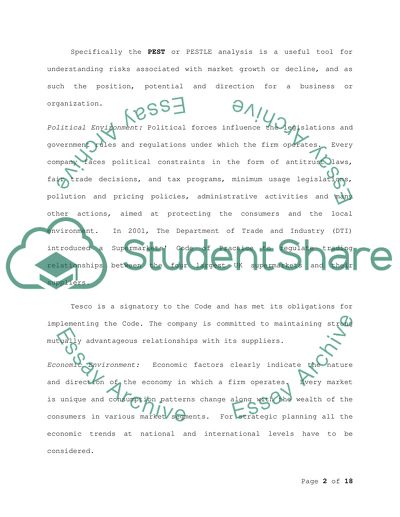Cite this document
(“STRATEGIC REVIEW OF TESCO PLC UK Essay Example | Topics and Well Written Essays - 2500 words”, n.d.)
Retrieved from https://studentshare.org/miscellaneous/1511224-strategic-review-of-tesco-plc-uk
Retrieved from https://studentshare.org/miscellaneous/1511224-strategic-review-of-tesco-plc-uk
(STRATEGIC REVIEW OF TESCO PLC UK Essay Example | Topics and Well Written Essays - 2500 Words)
https://studentshare.org/miscellaneous/1511224-strategic-review-of-tesco-plc-uk.
https://studentshare.org/miscellaneous/1511224-strategic-review-of-tesco-plc-uk.
“STRATEGIC REVIEW OF TESCO PLC UK Essay Example | Topics and Well Written Essays - 2500 Words”, n.d. https://studentshare.org/miscellaneous/1511224-strategic-review-of-tesco-plc-uk.


